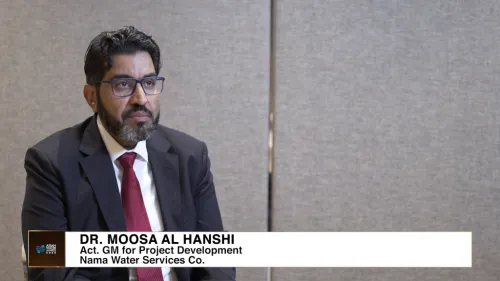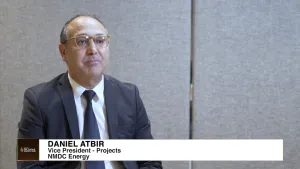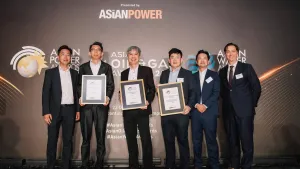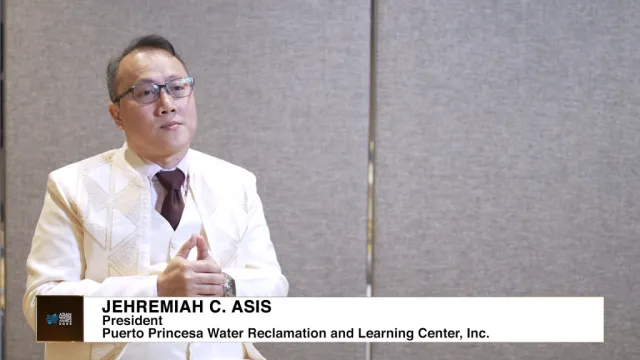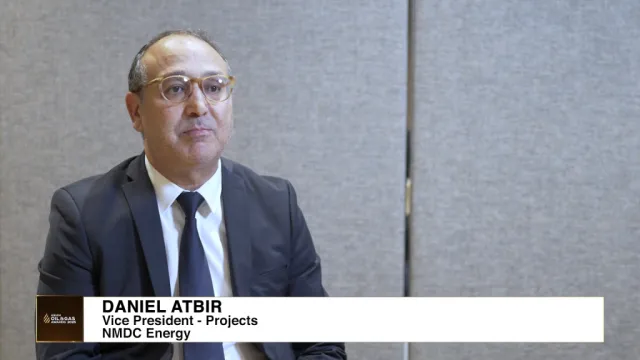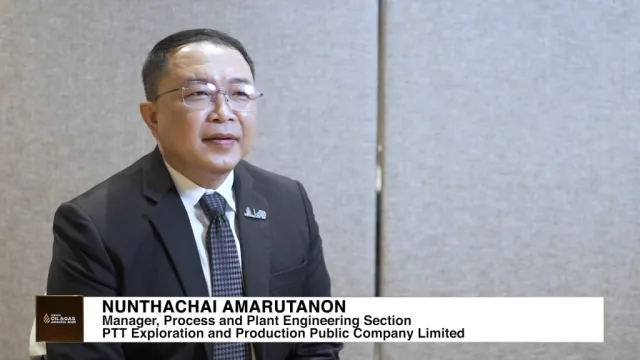Singapore
Saudi Arabian investment fund to raise stake in ACWA Power
Saudi Arabian investment fund to raise stake in ACWA Power
It is banking on ACWA Power's diversification into solar power and electric vehicles.
Bangladesh launches tender for 60MW solar project
It will accept bids from developers until 14 March 2019.
Blasts rock Arun III hydropower plant in Nepal
The plant is being built with India’s assistance.
Asia Pacific countries gear up to lead offshore wind markets
Developers are flocking to Australia, India, and Japan, and other Asian countries.
ACWA Power builds world's largest concentrated solar project
CEO Paddy Padmanathan discusses ties with Silk Road Fund to create the world’s largest single-site CSP and expansion into the Indonesian market.
ADB invests $20m in AC Energy's maiden climate bonds
It is an anchor investor in the 10-year tranche.
Saudi Arabia launches tenders for 1.5GW of solar projects
The deadline for expressions of interest is on mid-February 2019.
Kazakhstan launches largest solar plant in Central Asia
The plant has 100MW capacity and uses 300,000 solar modules.
Asia Pacific breaks record with 2GW of PPAs in 2018
India and Australia led the region region, with 1.3GW and 0.7GW of PPAs.
Three Singapore firms to invest $100m in Southeast Asian renewables projects
Projects in the Philippines, Indonesia, and Myanmar are already in the pipeline for financing.
Asia's demand for solar power to sink as key markets shed subsidies and embrace auctions
Demand is set to drop by 18% whilst installations are set to plummet by as much as 30%.
Asia's wind power revolution: Boom or bust?
Asia Pacific countries have a raging appetite for wind power, but high costs and unattractive feed-in-tariffs mean that not all governments will be able to deliver.
Sembcorp inks deal with Singapore logistics firm for 7.9MWp of rooftop solar
One of the facilities will house Singapore’s largest rooftop solar facility with 6.2MW peak capacity.
It's the most wonderful time of the year!
We’re taking the time off.
Cambodia's 400MW Lower Sesan-2 hydropower dam starts production
It is expected to produce 1.9TWh a year.
Hilliard Corporation: Keeping turbomachines in shape through HILCO's top-notch filtration systems
HILCO’s filtration products and services engage dry resin ionic exchange and keep power plants in shape.
World Bank to invest $200b in ‘climate action' over five years
The investment will support infrastructure for 36GW of renewables.
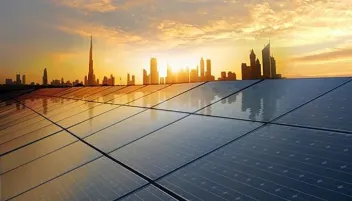

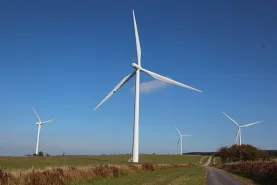


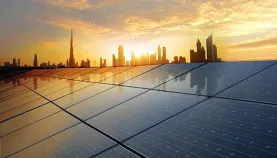
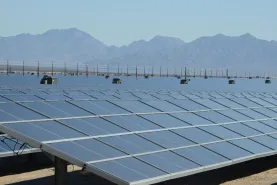
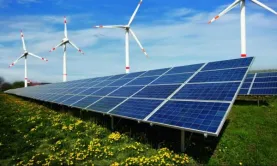



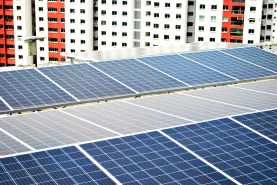

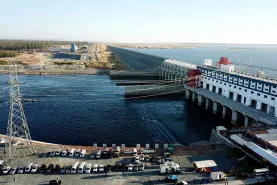



 Advertise
Advertise
